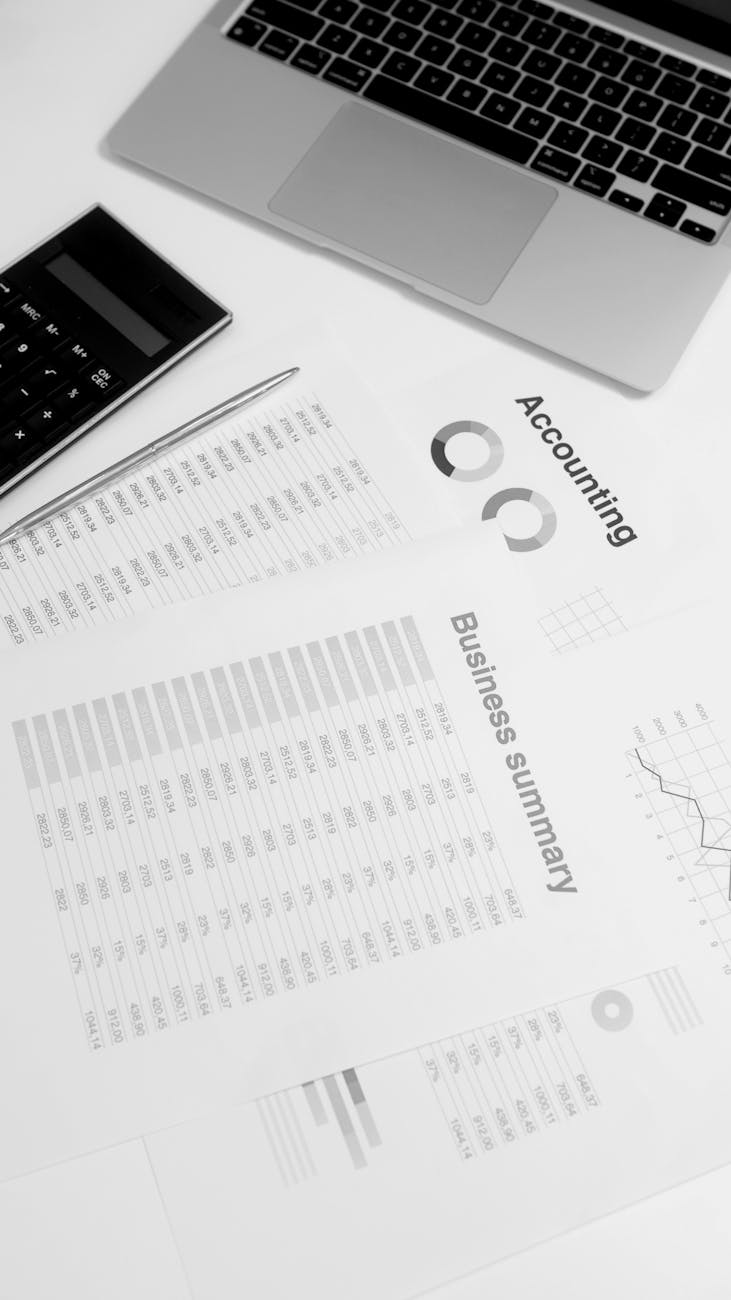Electronic and Digital systems may use a variety of different number systems, (e.g. Decimal, Hexadecimal, Octal, Binary), or even Duodecimal or less well known but better named Uncial. All the other bases other than Decimal result from computer usage. Uncial (named from Latin for 1/12 “uncia” the base twelve analogue of Decimal from the Latin word for 1/10 “decima”).
Table of Content
- What is Number System ?
- Number System Conversion Methods
- 1. Decimal to Binary Number System
- 2. Binary to Decimal Number System
- 3. Decimal to Octal Number System
- 4. Octal to Decimal Number System
- 5. Hexadecimal to Binary Number System
- 6. Binary to Hexadecimal Number System
- 7. Binary to Octal Number System
What is Number System ?
A number system is a method to represent numbers mathematically. It can use arithmetic operations to represent every number uniquely. To represent a number, it requires a base or radix.
Types of Number System
There are four common types of number systems based on the radix or base of the number :
- Decimal number system or Base 10 number system
- Binary number system or Base 2 number system
- Octal number system or Base 8 number system
- Hexadecimal number system or Base 16 number system
Number System Conversion Methods
A number N in base or radix b can be written as:
(N)b = dn-1 dn-2 -- -- -- -- d1 d0 . d-1 d-2 -- -- -- -- d-m
In the above, dn-1 to d0 is the integer part, then follows a radix point, and then d-1 to d-m is the fractional part.
dn-1 = Most significant bit (MSB)
d-m = Least significant bit (LSB)

1. Decimal to Binary Number System
To convert from decimal to binary, start dividing decimal number by 2, and whatever the reminder getting, writing down from bottom to top, and that will be the binary number representation of the decimal number. And the number contains fractional part, then multiply 2 in the fractional part.
Example
(10.25)10

Note: Keep multiplying the fractional part with 2 until decimal part 0.00 is obtained.
(0.25)10 = (0.01)2
Answer: (10.25)10 = (1010.01)2
2. Binary to Decimal Number System
To convert from binary to decimal, start multiplying the exponent of 2 with each digit of the number in decreasing order. If the number contains fractional part then will divide it by the exponent of 2.
Example
(1010.01)2
1x23 + 0x22 + 1x21+ 0x20 + 0x2 -1 + 1x2 -2 = 8+0+2+0+0+0.25 = 10.25
(1010.01)2 = (10.25)10
3. Decimal to Octal Number System
To convert from decimal to octal, start dividing decimal number by 8, and whatever the reminder getting, writing down from bottom to top, and that will be the octal number representation of the decimal number. And the number contains fractional part, then multiply 8 in the fractional part.
Example
(10.25)10
(10)10 = (12)8
Fractional part:
0.25 x 8 = 2.00
Note: Keep multiplying the fractional part with 8 until decimal part .00 is obtained.
(.25)10 = (.2)8
Answer: (10.25)10 = (12.2)8
4. Octal to Decimal Number System
To convert from octal to decimal, start multiplying the exponent of 8 with each digit of the number in decreasing order. If the number contains fractional part then will divide it by the exponent of 8.
Example
(12.2)8
1 x 81 + 2 x 80 +2 x 8-1 = 8+2+0.25 = 10.25
(12.2)8 = (10.25)10
5. Hexadecimal to Binary Number System
To convert from Hexadecimal to Binary, write the 4-bit binary equivalent of hexadecimal.

Example
(3A)16 = (00111010)2
6. Binary to Hexadecimal Number System
To convert from Binary to Hexadecimal, start grouping the bits in groups of 4 from the right-end and write the equivalent hexadecimal for the 4-bit binary. Add extra 0’s on the left to adjust the groups.
Example
1111011011
0011 1101 1011
(001111011011 )2 = (3DB)16
7. Binary to Octal Number System
To convert from binary to octal, start grouping the bits in groups of 3 from the right end and write the equivalent octal for the 3-bit binary. Add 0’s on the left to adjust the groups.
Example
111101101
111 101 101
(111101101)2 = (755)8
Conclusion
In the conclusion, number system provides a representation of a number with respect to the given base or radix. Basically, we have common types of number system named as binary number system, decimal number system, octal number system and hexadecimal number system.
Number System and Base Conversions – FAQs
What is number system and its conversion?
A number system is a method to represent numbers mathematically. It can use arithmetic operations to represent every number uniquely. To represent a number, we convert it requires a base or radix.
How to do base conversions?
For this, first take the number and then divide it by the given base. Then note down the remainder obtained after the division. Then, divide the quotient of the division obtained by the given base.
How to calculate number system?
There are 3 required steps to calculate the number system.
STEP 1 – Divide the number with the given base of another number.
STEP 2 – Note down the resulting remainder
STEP 3 – Divide the quotient
Convert Octal to Binary
In order to convert octal to binary number, we have to follow a few steps. Octal numbers have base 8 and binary numbers have base 2. We can convert the octal number into decimal and then convert the decimal number into its equivalent binary number. Also, we can remember the octal to the binary equivalent table to do the quick conversion. Before we learn the conversion method, let us learn about both the number systems.
Octal Numbers: Octal numbers are the numbers which have base 8. It is represented as N8. It uses the digits 0,1, 2, 3, 4, 5, 6 and 7 to represent the numbers in this number system. For example:
- 1128
- 10088
- 7898, etc.
Binary Numbers: Binary numbers have base 2 and are represented by two digits, i.e. 0 and 1. They are the combination of binary digits, 0’s and 1’s. These numbers have wide application in the computer system to store data. For example:
- 00112
- 1111012
- 1010102
How to Convert Octal To Binary?
Conversion of octal to binary number is a two-step process. First, we need to convert the given octal number into its equivalent decimal number and then convert the decimal into binary. Let us learn the complete steps here.
Octal to Decimal Conversion
- Count the number of digits present in the given number. Let the number of digits be ‘n’.
- Now multiply each digit of the number with 8n-1, when the digit is in the nth position from the right end of the number. If the number has a decimal part, multiply each digit in the decimal part by `8-m` when the digit is in the mth position from the decimal point.
- Add all the terms after multiplication.
- The obtained value is the equivalent decimal number.
Decimal to Binary Conversion
- Take the above-produced decimal number and divide it by 2.
- Note down the remainder.
- Continue the above two steps for the quotient till the quotient is zero.
- Write the remainder in the reverse order.
- The received number is the equivalent binary number for the given octal number.
Solved Examples
Q.1: Convert 418 to a binary number.
Solution: Given number is 418
418 = (4 * 81) + (1 * 80)
= 4 * 8 + 1 * 1
= 32+1
= 33(Decimal number)
Now convert this decimal number into its equivalent binary number. Let us draw a table to show the conversion of decimal to binary as given below.
| Decimal Number divided by 2 | Quotient | Remainder |
| 33 divided by 2 | 16 | 1 |
| 16 divided by 2 | 8 | 0 |
| 8 divided by 2 | 4 | 0 |
| 4 divided by 2 | 2 | 0 |
| 2 divided by 2 | 1 | 0 |
| 1 divided by 2 | 0 | 1 |
Therefore, the equivalent binary number is 1000012.
Hence, 418 = 1000012
Q.2: Convert 108 to a binary number.
Solution: Given number is 108
108 = (1 * 81) + (0 * 80)
= 1 * 8 + 0 * 1
= 8 + 0
= 8 (Decimal number)
Now convert this decimal number into its equivalent binary number. Let us draw a table to show the conversion of decimal to binary as given below.
| Decimal Number divided by 2 | Quotient | Remainder |
| 8 divided by 2 | 4 | 0 |
| 4 divided by 2 | 2 | 0 |
| 2 divided by 2 | 1 | 0 |
| 1 divided by 2 | 0 | 1 |
Therefore, the equivalent binary number is 10002.
Hence, 108 = 10002
Convert Octal to Binary Using Table
We can also use the octal number table to convert a number with base 8 to a number with base 2. Using this table we can also convert a binary number to an octal number. First, let us write the table.
| Octal Number | Equivalent Binary Number |
| 0 | 000 |
| 1 | 001 |
| 2 | 010 |
| 3 | 011 |
| 4 | 100 |
| 5 | 101 |
| 6 | 110 |
| 7 | 111 |
Example: Convert 128 into a binary number.
Solution: Given, 128 is the octal number.
Now with the help of the table, we can write;
128 = (001 010)2
Since zeros on the left, most of digit 1 does not have any significance. Thus,
128 = (1010)2
Practice Questions
- Convert 1228 into binary number.
- Convert the octal number 2008 into its equivalent binary number.
- Convert (98)8 to a binary number.


